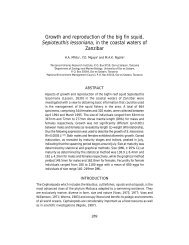gpa_east_africa_case.. - GRID Africa GeoPortal - UNEP
gpa_east_africa_case.. - GRID Africa GeoPortal - UNEP
gpa_east_africa_case.. - GRID Africa GeoPortal - UNEP
Create successful ePaper yourself
Turn your PDF publications into a flip-book with our unique Google optimized e-Paper software.
Cost-Benefit Analysis is therefore an important instrument for bringing within thedecision-making process the estimated benefits of environmental management,making the cost of management socially viable, justifying the channelling of capitalfunds to environmental projects and thus enhancing the effectiveness ofenvironmental management.In East <strong>Africa</strong> coastal pollution is most urgent in the poorest and most rapidly growingurban coastal population centres of Dar es Salaam, Mombasa and Maputo. In thesecoastal urban centres the pressures on wastewater infrastructure from the growth of domesticand industrial pollution loads are as acute as the financial constraints that cripple effectiveresponse. In addition, implementation capacities, monitoring facilities and manpower trainingneeds add to the problems.The financial cost of the required sewerage infrastructure is very high and almost certainlyfinancially unaffortable. The contribution of Cost-Benefit Analysis in sewerage strategy isto identify the need for a more detailed cost analysis. More importantly, to bring intothe picture and focus attention on the benefits that will accrue from the proposedinvestment to help justify the investment in light of the magnitude of benefits.The introduction of methods of Cost-Benefit Analysis in the Framework Action Plan willincorporate basic principles of socio-economic evaluation as an instrument for defining futurepriorities taking into account the social viability of sewerage strategies and associatedenvironmental management actions the cost of which would otherwise seem prohibitive.B. Integrating Cost-Benefit Analysis in Wastewater Action Plans: ProgrammeObjectives and ActivitiesCost-Benefit Analysis makes three related contributions to wastewater managementproblems:• Introduces methodological tools for resource valuation;• Strengthens capacities for cross-sectoral approaches to problem-identification, evaluationof options and articulation of community support for selected actions; and• Broadens the basis for participation, partnerships and co-operation in the decision-makingprocess.Programme ObjectivesTo facilitate the application and use of the outputs of Cost-Benefit Analysis in wastewateraction plans, programme objectives should be directed to three main strategic areas:4. Capacity-building to create the skills for applying CBA as a tool for problemidentification,priority-setting and decision-making.5. Exchange of experiences and development of partnerships for increasing awarenessof the uses and limitations of Cost-Benefit Analysis in decision-making.6. Development of "social constituency" for wastewater actions and environmentalmanagement based on community benefits and poverty alleviation associated withreduction and elimination of pollution from land-based sources.Programme ActivitiesC. Capacity-building activities:(i) Initiate and support national level activities to build up of a socio-economic database on:Final Draft Report – Cost Benefit Case StudiesGPA Strategic Action Plan on Sewage, October, 200061


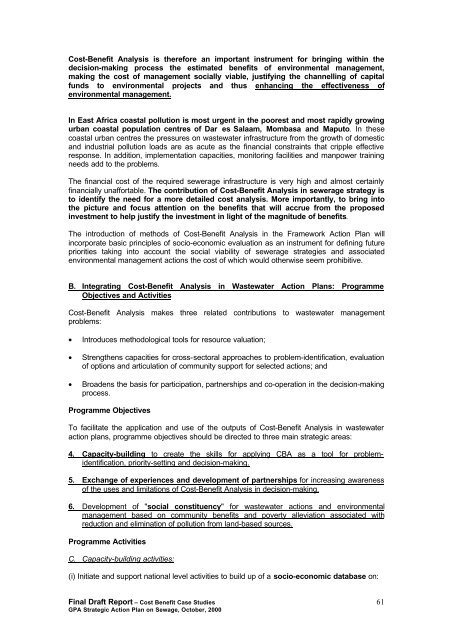
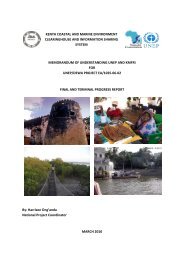

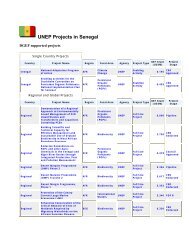


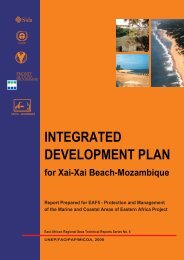

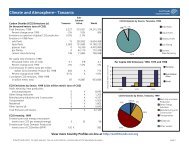

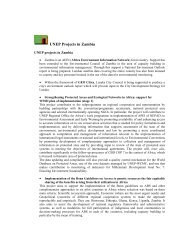
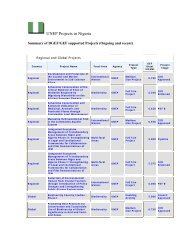
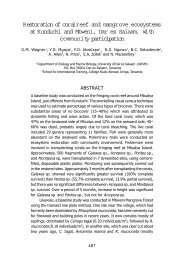
![Please Click to download [English] - GRID Africa GeoPortal - UNEP](https://img.yumpu.com/30633391/1/184x260/please-click-to-download-english-grid-africa-geoportal-unep.jpg?quality=85)
